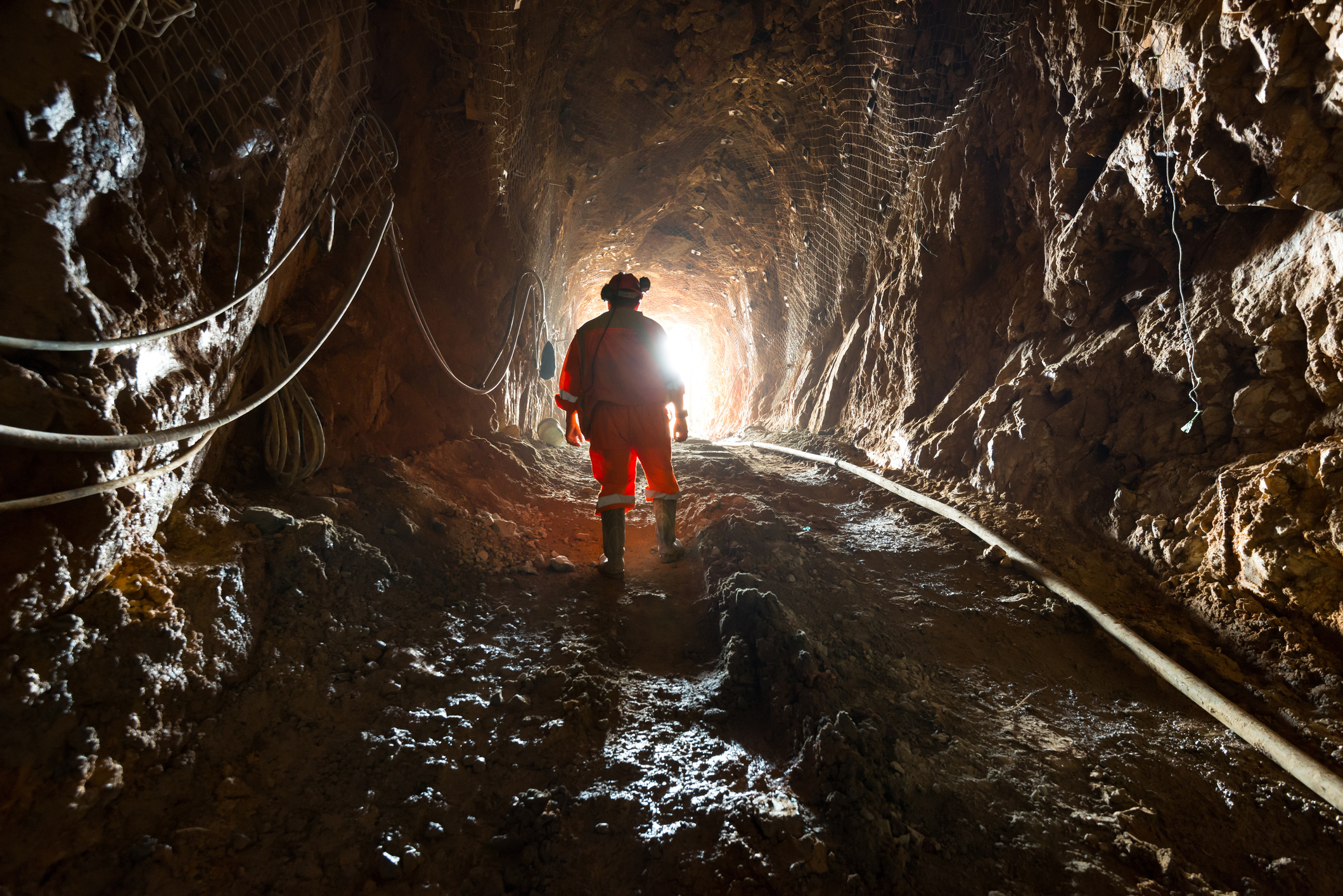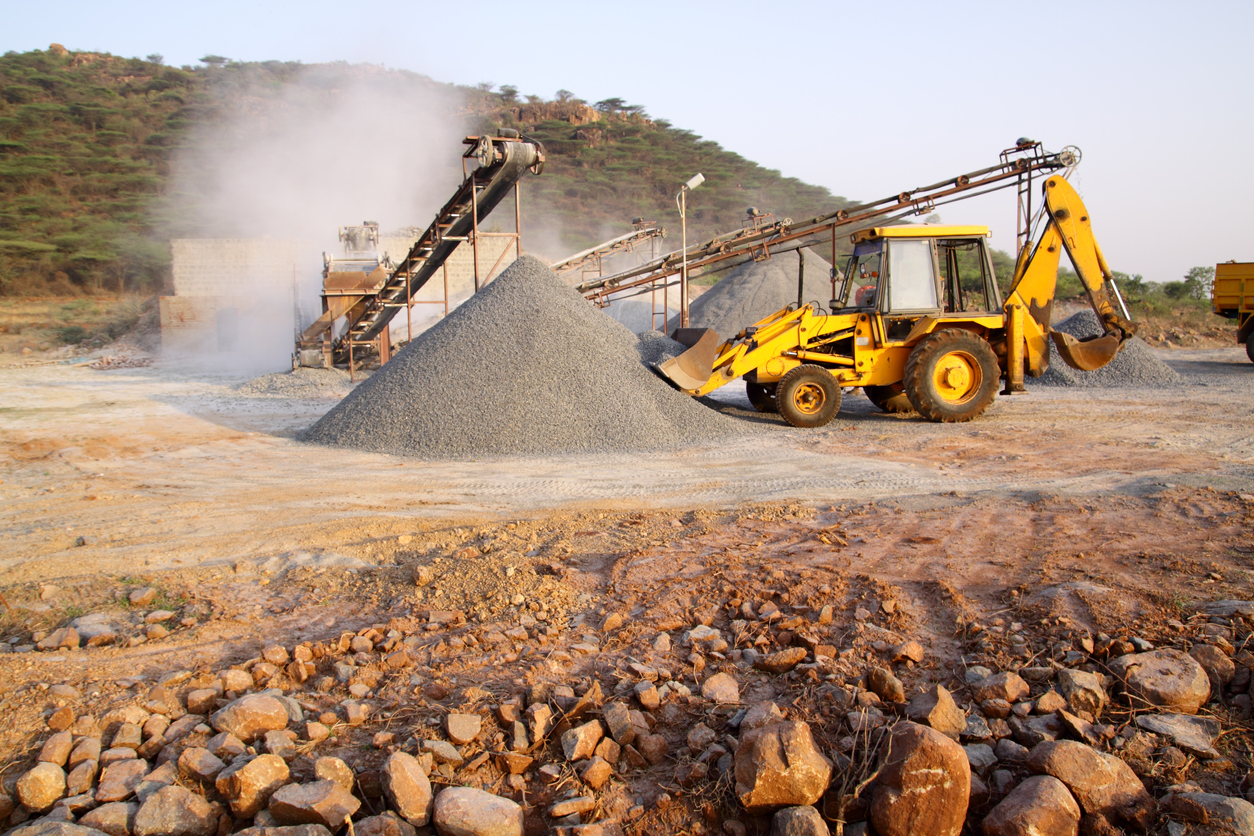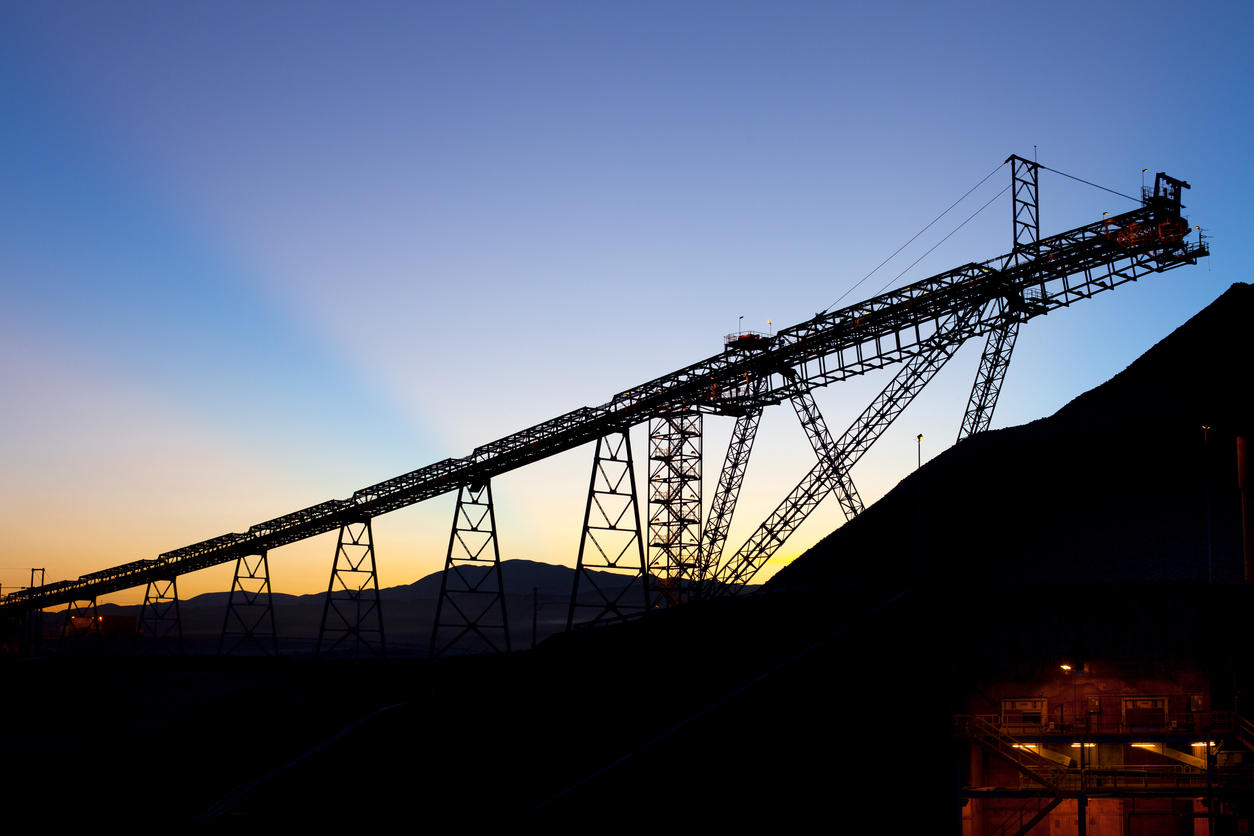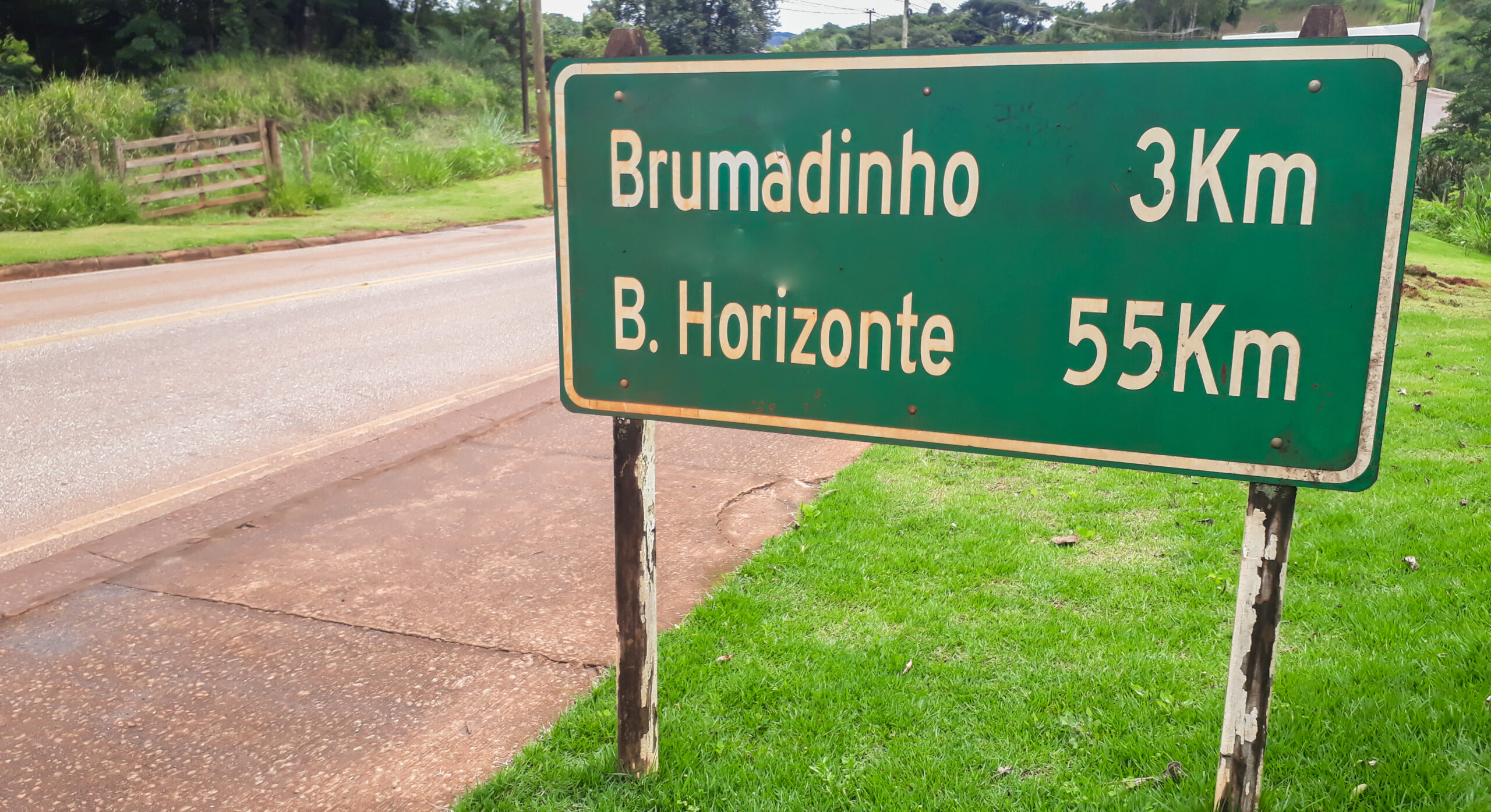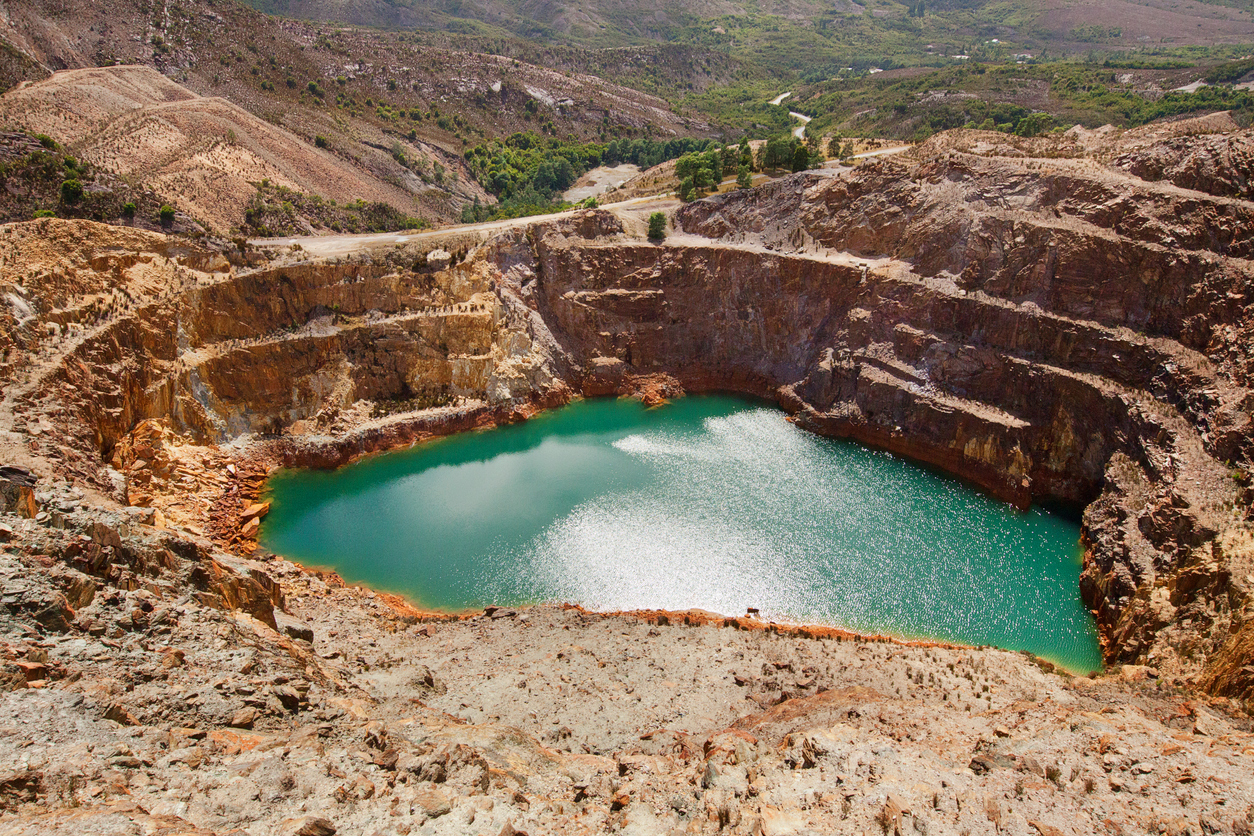In KPMG’s most recent risk forecast report, Australian Mining Risk Forecast 2024, the top risks for the mining industry were outlined. Their research shows how the mining industry is responding to a rapidly shifting environment of complex and diverse risks with an increasing focus on ESG.
The Top Ten Global Mining Risks for 2024:
- Climate Change
- Relações comunitárias e licença social para operar
- Commodity price risk
- Health, safety and security risks
- Environmental risks (including new regulations)
- Financial Risks
- Operational Risk
- Access to resources
- Regulatory and compliance change/burden
- Talent attraction and retention
A trend that the mining industry is seeing this year is the risks that can arise from externalities. These include environmental regulations and geopolitical factors that executives are focusing on a lot more than in previous years.
Os adiamentos de projectos de capital como os recentemente anunciados por St Barbara, Oz Minerals and Evolution, que após a data da pesquisa da KPMG, podem ser o canário na mina de carvão para a indústria mineira. A K2fly acredita que as empresas mineiras vão enfrentar pressões de custos crescentes que significam controlo de custos e ganhos de eficiência atrairão um foco semelhante ao laser nos próximos anos.
Vários riscos delineados pela KPMG reflectem o foco principal da K2fly na Governação de Recursos, na Garantia Técnica e na ESG. As soluções K2fly também permitem aos clientes fazer mais com menos, poupar tempo e custos através da quebra de silos, e tornar os processos empresariais não só mais bem governados mas também muito mais eficientes.
Climate Change, Environmental Risks, and New Regulations
Companies are recognising the significance of addressing climate change and ESG, which were listed as the top risks for 2024. Long-term performance will increasingly depend on defining success in terms that go beyond money. This creates the need to consider stakeholder returns such as those from governments, communities, and employees more comprehensively. Companies should prepare for significant changes in the sector over the next few years if climate change and achieving ESG goals are not prioritised.
Along with environmental risks are the introduction of new regulations that ensure your company is operating with ESG at the forefront of your values. An example being the Global Industry Standard on Tailings Management which is becoming mandatory for all members of the ICMM and many other mining companies that operate tailings’ facilities. The GISTM sets a global benchmark for achieving strong social, environmental and technical outcomes with the ultimate goal of zero harm to people and the environment. The Standard also establishes clear expectations around transparency and public disclosure, helping to improve engagement and understanding by all stakeholders. To align with the GISTM, your teams should manage all tailings data in one central repository to improve business process efficiency, safety compliance, provide visibility, reduce risk surrounding disclosure and reduce cost.
Relações Comunitárias e Licença Social para Operar
Community relations and social license to operate has moved from a nicety to a necessity for businesses. Incidents, if not managed correctly, can spread quickly and cause severe reputational damage. Once lost, regaining social license to operate is a difficult challenge. So, developing strong community links and taking time to comprehensively address concerns will be key.
The social license to operate is made up of three components: legitimacy, credibility, and trust. Companies need to ensure that you are creating a transparent, accountable and legitimate relationship with key stakeholders. This is done by obtaining the correct permits and following laid out procedures.
Having relations with traditional owners is a continual engagement as this process needs to be followed before disturbing any land, every time. For example, heritage sites have a significant impact on the surrounding environment which can increase the complexity of obtaining permits. The relationship between heritage sites and ground disturbance is critical as you can’t afford to inadvertently destroy sites of significance because of poor visibility or siloed processes. Companies need to obtain the right approvals and permits from traditional land owners before being permitted to disturb the ground. Without the correct approvals, your company becomes susceptible to detrimental risks, including impacts to your social license to operate.
Managing heritage obligations doesn’t necessarily mean adding more and more people to your organisation. You avoid it by implementing systems that break down silos, centralize information, and ensure transparency and efficiency.
Capacidade de acesso e reserva de lugares
Due to the consumptive nature of the industry, the industry has very little control over commodity pricing. Thus it will always need to replenish Mineral Reserves. As businesses explore expansion into underdeveloped areas, they connect access to energy and water with their capacity to replace reserves.
Since the public has become more conscious of climate change and the effects of mining, the mining industry has transformed. To protect important environmental and historic sites, governments are increasingly careful with exploration and mining approvals.
Isto levou a uma maior concentração no planeamento e no processo de aprovação em grandes empresas mineiras. Quaisquer atrasos no processo de aprovação do acesso à terra, tem impacto no número de metros que podem ser perfurados, atrasa o processo de estimativa e planeamento, o que por sua vez atrasa a abertura de novas minas e tem impacto no retorno financeiro das operações mineiras.
Uma vez obtidas as aprovações correctas, é fundamental compreender o potencial dos seus recursos, uma vez que a maioria das adições de reservas provém da perfuração adjacente às operações existentes. Uma governação sólida dos modelos de recursos é fundamental para garantir que o modelo de recursos mais recente e correcto é utilizado para a análise do potencial de exploração.
Operational Risk
Considering the significance and complexity of obtaining permits, operating without the correct land management approvals and permits can open your company up to a multitude of risks. These include fines and penalties for unauthorised activity and wasted time and money due to siloed organisation and inefficiency. Not to mention reputational damage impacting your social license to operate. Establishing effective land management permit processes lowers risk and builds stakeholder trust, making future permits easier and cheaper .
Alterações/encargos regulamentares e de conformidade
Regulatory and compliance changes are constant in the mining industry. It can be difficult to ensure that your company is keeping up to date with these ever-changing requirements. However, non-conformance can lead to detrimental risks to your business.
As an example, for mining companies in the US there have been recent changes to the SEC reporting rules. A relevant one being the introduction of rule S-K 1300 for reporting of resources and reserves to the stock exchange. It is imperative for companies that Resources & Reserves reporting is both highly efficient and outputs are 100% defensible. Failure to comply can lead to re-reporting (adding time and cost), and reputational risks.
Current approaches to managing reporting of Resources & Reserves reporting are typically in-house custom-built spreadsheets or databases. These systems have been favoured because they are perceived to be cheaper, but they can be error-prone and quite complex. Having a solution that can decisively assist in reporting R&C burdens will ensure your business continuity in the most cost-effective way.
